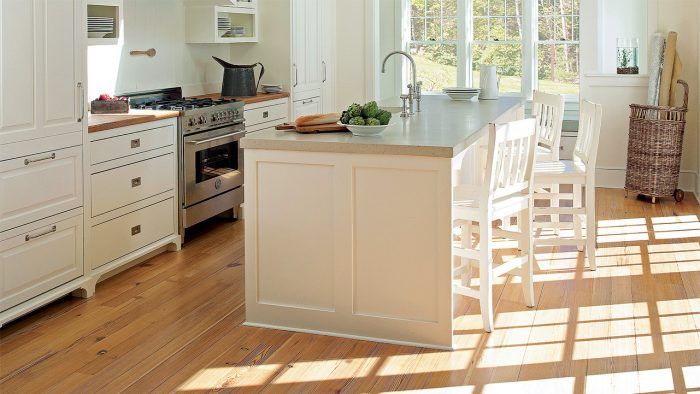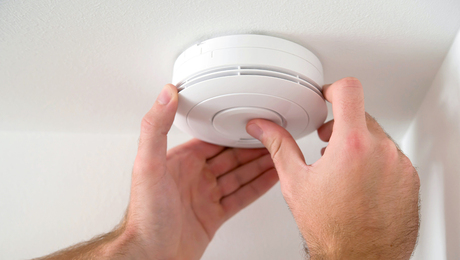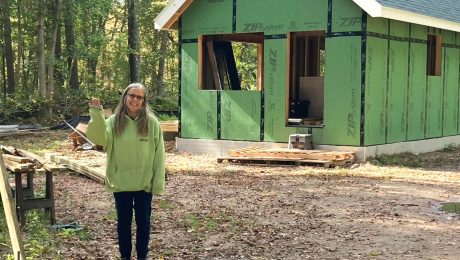Editorial Note: People Live in Buildings
Building science isn't just about theory—it's about building healthy spaces for a home's residents.

We cover a lot of high-performance homes and building materials, and find it exciting to see building science principles in real-world action. It can be easy, though, to forget that these buildings ultimately serve as places for people to live their lives. We know that a very airtight home has lots of building performance benefits, but people also need to breathe, so we need to install mechanical ventilation to get fresh air in.
<br>
<br>
As I work on my old house, I’m hyper aware that there’s likely lead paint on my trim, and that the 9-in. by 9-in. tiles in the guest bedroom as well as my shake siding contain asbestos. These are things we can remove or encapsulate responsibly (while wearing the right PPE with a HEPA vac alongside) because we’re aware of what they are and the potential for harm to humans, and we’ve regulated those products out of the market.
We also take safety on job site seriously—or at least we should—by limiting exposure to harmful chemicals, wood dust, and the other byproducts of building. But once a house is built and finished, people move in, and they’re inside for much longer than any builder or tradesperson. Ensuring the health, safety, and comfort of the future occupants is something we should all take seriously. The materials we use to build are linked to all three of those factors, and it’s important that we understand exactly what we’re working with. I’m not saying that we need to memorize SDS sheets, but we should make sure that we’re intentional about the materials we’re using.
–Andrew Zoellner, editorial director
The main photo originally appeared in the article Building a Healthy House.
RELATED STORIES

























